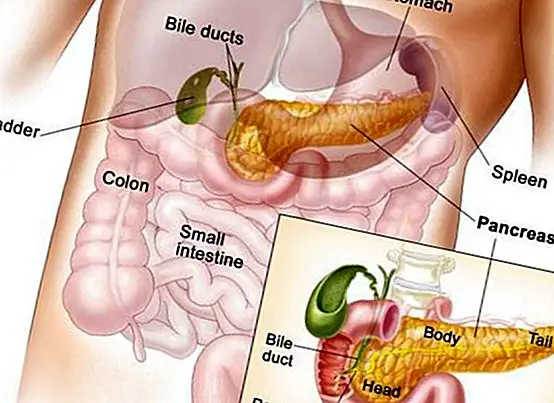Menstrual pain, infertility and pain in sexual relationships: what causes these symptoms
The endometriosis is a disease that affects 10% of women in their fertile stage, being higher the percentage of women who suffer from endometriosis when they are infertile reaching up to 35%.
Endometriosis can develop from the first menstruation however it is not usually diagnosed until 25 or 35 years. This disease also affects women during the menopause stage.

The endometrium is the tissue that lines the inner layer of the uterus, and endometriosis is generated when this lining grows in other areas of the body. When growing outside the uterus it can be located in the muscular layer of the uterus, in the tubes and in the ovaries.
It grows forming plaques and depending on the size is called with different names, when they are small they are called implants, when they are larger they are called nodules and when they get to form cysts in the ovaries it is known as endometriomas.
This tissue can also adhere to other parts of the body such as the intestines, ovaries, rectum, bladder, and pelvic area.
The most common symptom to suspect that you suffer from this disease is pain, which usually appears the days before menstruation and the pain continues even as long as menstruation lasts.
Other symptoms associated with this disease
- Abundant menstruation.
- Clots in menstruation.
- Bleeding between periods.
- Very painful menstrual cramps.
- Pain in the lower abdomen before menstruation and during menstruation.
- Pain during sexual intercourse or after sex.
- Nausea, vomiting.
- Intestinal pain
- Difficulty to evacuate, painful bowel movements.
- Pain during urination during menstruation.
- Fertility problems
The causes why this disease occurs are not yet known.
Both the research and the studies that have been carried out on this disease coincide in highlighting that the woman's immune system could be one of the causes, when the woman's immune system can not correctly eliminate the menstrual flow in the cavity. pelvic
In addition to the immune system there are other possible causes that may predispose to suffer from endometriosis, such as the following:
- Hereditary factor (mother or sister with endometriosis).
- Disease of the endocrine system.
- Not having children
- Long menstruations, lasting more than a week.
- First menstruation at an early age.
- Consumption of some medications.
- Overweight.
- Unhealthy eating habits
- Consumption of toxic elements.

As in some women endometriosis produces a lot of pain, other women suffer from endometriosis without showing any symptoms.
Know what tests can detect endometriosis
It is important to remember that the woman should have a gynecological check-up once a year to make sure everything is going well.
Once the review is done and if you suspect that you may have endometriosis, the doctor may perform the following tests to detect or rule out this disease.
The diagnosis of endometriosis
As many medical specialists say, the diagnosis of endometriosis tends to take 7 years on average. As far as the diagnosis itself is concerned, the tests in addition to a physical examination consist of:
- Ultrasound of the abdomen.
- Endovaginal ultrasound.
- Pelvic laparoscopy.
- Other special diagnostic techniques:
- CT scan (computerized axial tomography).
- NMR (nuclear magnetic resonance).
Once the disease is diagnosed, the treatments will depend on the severity of the symptoms, as well as the age of the woman, the severity of the endometriosis, whether or not you want to have children.
In the case of women who present mild symptoms, usually the treatment is to calm the pain, however in more severe cases of endometriosis in which they suffer severe pain, there are times when surgery is required. ThemesInfertility


